With an easy 35-minute drive to and from Salt Lake International Airport, skiers, boarders, and outdoor enthusiasts select Park City for their year-round destination. I considered this convenience when I contemplated where to ski in January 2020. Like many other ski areas in the western part of the United States, mining is part of the area’s history. Gold, silver, and other precious metals lured people to seek their fortune. A select few, like William Randolph Hearst, became millionaires. After the silver industry started to fade away, Park City’s attention switched to another natural resource—snow. Over time, the mountain developed into a world-class ski resort that hosted the XIX Winter Olympics in 2002. Today, Park City is North America’s largest ski resort.
When I wasn’t skiing or indulging in Park City’s fantastic food options, I was taking snapshots of its history. With only a couple of hours to spare, I visited the Alf Engen Ski Museum and the Park City Museum. Had it been summertime, I would have gladly fit in time to explore Park City’s Historic Main Street. Perhaps a future visit will allow a stroll down Main Street and taking a Historic Home Tour or Glenwood Cemetery Tour.
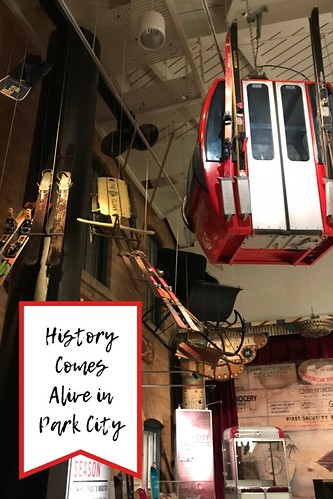
UTAH OLYMPIC PARK--ALF ENGEN SKI MUSEUM
(A history of skiing in the Intermountain West, from alpine pioneers to modern extremists.)
On the way to Park City from the airport, we stopped at the Utah Olympic Park. With a tight schedule to keep, we cruised through the exhibits at the Elf Engen Ski Museum, stopping now and then to read a sign and to take a photo.

Exterior Alf Engen Ski Museum
The Barbara Alley Collection
We passed by 30 years (1968 to 1998) of ski fashion in Barbara Alley’s collection. Known as the “First Lady of Ski Fashion,” Alley donated a collection of skiwear to the museum that showcases the popular trends from one generation to the next.

Barbara Alley Skiwear Collection
Will and Jean Pickett Intermountain Ski Hall of Fame
Like other museums that single out significant accomplishments, the plaques on the wall offer a moment to reflect on individuals who made a difference in the ski industry. We only had a few minutes to read a handful of interesting biographies.

Intermountain Ski Hall of Fame
Ecker Hill History
Its history dates back to 1929 when Axel Andresen, Marthinius Strand, and Peter Ecker chose the site for a future ski jump. When the facility opened in 1930, Utah’s governor named the hill after Ecker. In the pre-World War II era, there were only a few professional ski jumps located in North America.
Alf Marinus Engen (1909-1997), a Norwegian, broke five world records at this site and was aptly named “The Skier of the Century.” Other names for Engen included The Old Man of the Mountain, The Father of Powder Skiing, and The King of the Hill. The hill closed in the 1960s and was later placed on the National Register of Historic Places in the 1980s.
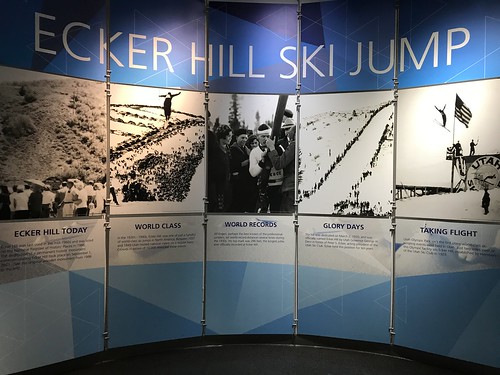
Ecker Hill Ski Jump Exhibit
The Wasatch Mountains and its Snow
Many skiers and boarders come to this area for its fresh powder and moderate terrain. Anyone interested in understanding the process resulting in incredible snow conditions can read the oversized displays and also discover the location of other Utah ski resorts.
George Eccles Salt Lake 2002 Olympic Winter Games Museum
A section of the museum showcases artifacts, photos, and memorabilia from the 17 days of the 2002 Winter Games. Two thousand three hundred and ninety-nine athletes from 77 nations participated in the games. Adjacent to this large room is an area to commemorate the 450 athletes from 36 countries who participated in the Paralympic Winter Games in March 2002. Avid fans of the Olympic Games will love this museum that keeps the spirit of international athletic competition alive.
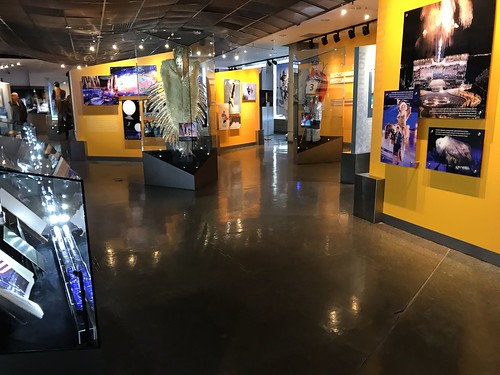
Olympic Winter Games Museum
Deedee Corradini
Women’s rights advocates and ski jumpers may be familiar with this notable personality. She receives a shout out in the Olympic Winter Games Museum for her efforts to allow women to compete as ski jumpers in the Olympics.
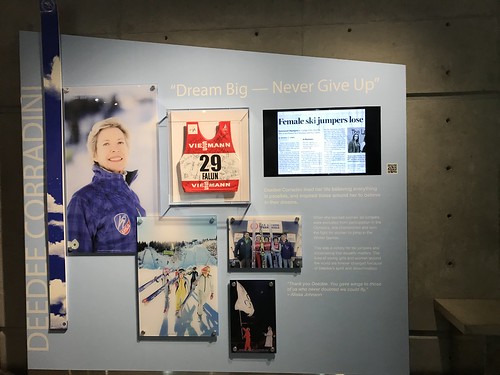
Deedee Corradini exhibit
PARK CITY MUSEUM
On a frosty January evening, we entered the historic City Hall, initially built in 1885. The inside of this structure was transformed into an informative museum filled with the region’s history. For decades, locals have been contributing their family treasures to preserve their city’s past. However, time was not on our side as we attempted to absorb the significant collection of exhibits before heading to dinner.
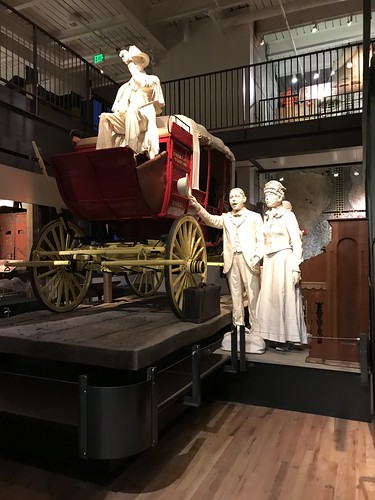
Park City Museum Interior
A stagecoach and a recreated railcar allowed us to imagine the journeys of countless people who traveled to Park City. On display is the only remaining Kimball stagecoach used from 1854-1890 when the Salt Lake City-Park City stage route operated. The mining industry came to life in an adjacent area. Those who made their fortunes chose to live in nearby Salt Lake City while the hardworking miners resided in Park City. Back then, Park City was a rowdy place overrun with bars, gambling, and prostitution. Time didn’t permit us to watch the short video describing how skiing became the focal point of the town. Instead, we ventured into the basement to check out the jail that survived the Great Fire of 1898.
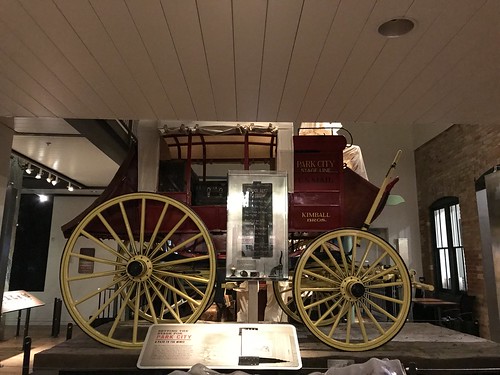
Park City Museum Kimball Stagecoach
Somewhere along our path, we passed a tall, narrow sign which read, “You’ve seen Park City Today, Now Discover our Past: Silver, Saloons, and Snow.” Our whirlwind visit revealed many important facts worth sharing.
Native Americans
“Native Americans never permanently settled in this area. Why not? Winters at this elevation (7,000 feet) were too cold, long, and snowy. Only during the summer would Ute and Northwestern Shoshone bands travel through the area to hunt and gather food.”
Mining
“From the 1870s to the early 1980s, 300 mines produced a half-billion dollars’ worth of silver, lead, zinc, copper, and gold. The hard labor of thousands of men and millions of investment dollars created wealth from the ground.”
“In 1872, after plenty of failures, four prospectors discovered one of Park City’s richest mines. Lacking sufficient funds, the prospectors looked for a buyer with enough money to sink into the developing mine. Before buying the Ontario, Californian George Hearst had its ore tested. Assayers found the ore to be extremely rich in silver and lead, convincing Hearst to purchase the claim for $27,000.”
“The mine became one of the greatest silver mines in the U.S, forming the basis of the Hearst fortune…The Ontario was Park City’s last silver mine to close in 1982.”
Fire Department (Inside City Hall)
“The Berrys Devote a Century of Service. Park City Blacksmith Edward Berry organized the volunteer fire department in 1881 and served as chief for eight years. His brother James succeeded him. Edward’s son, William J. Berry, joined the department in 1910 and served as chief from 1921-1948. A century after Edward Berry organized volunteers, his grandson Jim, a veteran fire captain in Salt Lake City, became the first salaried chief.”
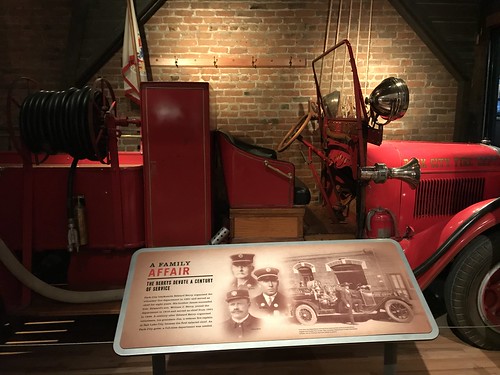
Park City Fire Department Exhibit
Territorial Jail (1885-1966)
“While the dungeon housed its share of violent criminals, most of the inmates were locked up for fighting, drinking, or disturbing the peace.”
“Early prisoners endured dirt floors, candlelight, and no plumbing. When the city added a toilet and concrete floor in 1906, the newspaper declared the jail now ‘fit for human beings to live in.”
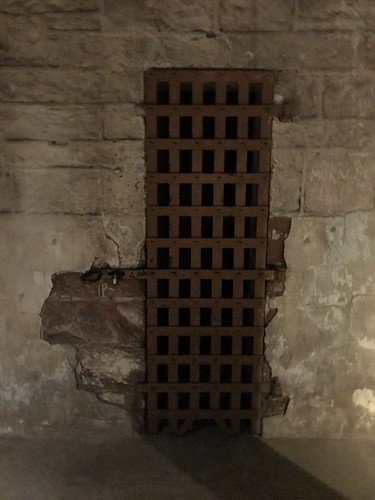
Park City Museum Territorial Jail
World’s First Underground Ski Lift 1963
“When United Park City Mines Company opened a ski resort in 1963, they converted the old Spiro mine drain tunnel into an underground ski lift. An electric mine train carried skiers three miles into the mountain where a hoist lifted them 1,800 feet to the surface.”

Park City Underground Ski Lift
Underneath Park City
“Underneath Park City’s slopes, trails, and neighborhoods, a labyrinth of deep mining tunnels extends more than 1,000 miles.”
A Woman Speaking to Women: The Political Art of Nina Allender (Displayed until January 13)
Even though this temporary exhibit is no longer available, it is important to mention since this year marks the 100th anniversary of the ratification of the 19th Amendment granting women the right to vote. The display focused on Nina Allender’s advocacy and her suffragist cartoons. Historians feel that she effectively captured the spirit of the suffragist movement by illustrating a diverse group of women in her drawings.

Park City Nina Allender Exhibit
Upcoming Temporary Exhibit
If you are in Park City between February 17 and March 17, 2020, you can check out another temporary exhibit, A World Transformed: The Transcontinental Railroad and Utah. This exhibit draws attention to the 150th anniversary of the completion of the first North American transcontinental railroad. It is hard to say how Utah would have developed if the railroad had not run across the state.
When I contacted Park City for a media trip, our initial intent was to maximize our time on the slopes. However, we did squeeze in a few hours to connect the future with the past. By using my time off the mountain effectively, history came alive in Park City, Utah.
Sandy Bornstein, the History Comes Alive Through Travel Editor for Wandering Educators, has visited more than 40 countries and lived as an international teacher in Bangalore, India. Sandy’s award-winning book, May This Be the Best Year of Your Life, is a resource for people contemplating an expat lifestyle and living outside their comfort zone. Sandy writes about Jewish culture and history, historical sites, family, intergenerational, and active midlife adventures highlighting land and water experiences.
All photos courtesy and copyright Sandy Bornstein
Disclosure: Park City hosted the Traveling Bornsteins for two nights at the Sheraton Park City. Dan Howard, Director of Communications for Park City, provided a tour of the Utah Olympic Park and Alf Engen Ski Museum. Upon arrival at the Park City Museum, the Bornsteins were granted complimentary admission.
